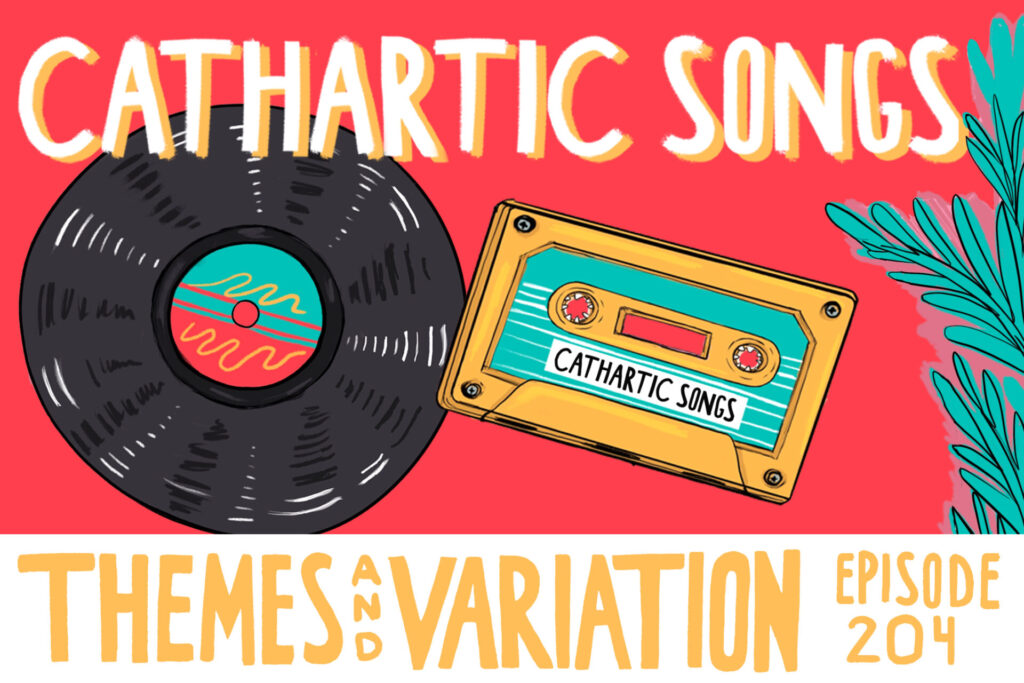+ Ryan Lott (of Son Lux) teaches how to build custom virtual instruments for sound design and scoring in Designing Sample-Based Instruments.
Nature sounds have an intriguing ability to calm the human mind. Often overlooked as mere background noise, nature sounds have also been linked to reduced stress levels, improved concentration, and even enhanced well-being.
I believe that incorporating nature sounds into compositions forges a new connection between listeners and the world around us. This integration not only enhances musical works but also highlights the significance of nature and its positive effects on the human mind.
Moreover, scientific research has begun to further investigate the impact of nature sounds on mental health, with promising findings that show the potential for therapeutic effects. In this article, we’ll be taking a look at how nature sounds calm the mind, and investigate their role in music. Let’s dive in!
The Science Behind Nature Sounds and Mental Calmness
Several recent studies have shown that nature sounds enhance human health and experiences. Listening to nature can lead to a decreased heart rate and lower blood pressure, which in turn, can reduce the levels of stress hormones such as cortisol and adrenaline in our bodies.
The Japanese have known for years that nature is good for the body and soul. They coined the term “Shinrin Yoku” which means forest bathing, and it’s a form of eco-therapy to consciously connect people with nature. Forest bathing is also gaining popularity in other parts of the world as more people are starting to recognize the benefits.
From a psychological perspective, the sounds of nature themselves help to create a more soothing environment for listeners. They can also aid in reducing mental fatigue, improving focus, and enhancing cognitive performance.
I have personally found this myself, as I frequently listen to atmospheric and ambient music from artists such as Adrian Von Ziegler, and his music regularly includes the sounds of waves crashing, birds chirping, wind howling, or rain falling, which creates a wonderfully relaxing yet immersive listening experience.
+ Read more on Flypaper: “Why Do Birds (Actually) Sing?”
Nature Sounds Within Music
Nature sounds have played a significant role in music, and many composers and musicians have incorporated the sounds of nature into their work.
Some musicians have used field recordings, capturing the sounds of birds, oceans, rain, and other natural elements. These recordings are then incorporated into their compositions, creating an atmosphere that transports listeners.
Many other artists (such as myself) have taken inspiration from nature and have incorporated nature sounds in their music with the use of digital software, samples, and plugins.
I’m personally a huge fan of the incredible Forest Kingdoms VST, which includes a stunning array of sounds inspired by the diversity of nature. One of my favorite film composers, James Newton Howard, has used this very plugin for several of his scores, including Hunger Games and King Kong.
In the introduction of my debut EP, I incorporated additional bird calls, forest sounds, and howling wind to create the vibe of an ethereal world filled with life. Listen below.
I find that the incorporation of nature sounds in music can also serve as a means of storytelling.
For instance, some musicians might use the sounds of waves crashing to evoke a feeling of being by the ocean or employ birdsong to create a connection with forests and wilderness. By doing so, musicians are able to build a narrative around their music that is both engaging and relatable.
Types of Nature Sounds with Calming Effects
Water Sounds: These include the sound of raindrops falling, a babbling brook, ocean waves, a gentle stream, or a waterfall. Humans seem to have a natural affinity for water, and these sounds are rhythmic and soothing.
Birdsong: The chirping and singing of birds can be very calming. It’s often associated with peaceful mornings and can create a sense of being in a serene, natural environment.
Wind: The sound of wind rustling through trees or grass creates a unique sense of solitude and quiet. Like other white noise, the sound of the wind can create a calming and soothing atmosphere.
Forest Sounds: This encompasses a variety of sounds, such as leaves rustling, branches creaking, and distant animal noises. These sounds can create a sense of being surrounded by nature, which can be very calming and grounding.
Fire Sounds: The crackling of fire provides a sense of comfort. Whether it’s a campfire or a fireplace, the gentle, rhythmic crackle offers a sense of coziness and warmth.
Animal Sounds: Gentle animal sounds, like the hum of crickets at night or the croaking of frogs, can also have a calming effect. They can create a sense of being in a different, peaceful world.
+ Learn production, composition, songwriting, theory, arranging, mixing, and more; whenever you want and wherever you are. Subscribe for full access!

Incorporating Nature Sounds into Music
Ambient Music
Ambient music is a genre that heavily utilizes nature sounds to create calming and meditative soundscapes. Artists such as Brian Eno and Steve Roach have pioneered this genre by incorporating sounds of rain, waves, and wind into their compositions.
Ambient music is interesting because it emphasizes tone and an overriding sense of atmosphere over traditional musical structure or rhythm.
Brian Eno described his music as “environmental music,” and ambient tracks can range from simple to complex arrangements, and can incorporate elements from various other genres, including classical, electronica, and new age. Its broad spectrum can include anything from natural sounds to drone-like electronic compositions.
Nature Sounds in Mainstream Music
Nature sounds have also found their way into mainstream music, serving as a backdrop to various genres such as pop, rock, and electronic music.
For example, Michael Jackson’s “The Earth Song” starts with the sound of birds chirping and some other forest noises.
Eminem’s “Stan” (feat. Dido) has the continuous pitter-patter of rain and regular thunderclaps throughout the song that creates a somber and isolated feel that matches the melancholy of the song’s theme.
These artists use nature sounds to evoke specific emotions or atmospheres, adding another layer of depth and dimension to their music. Adding nature sounds provides a relatable and grounding element for listeners.
+ Read more on Flypaper: “What Is the SOFAR Channel? Probably Not What You Think.“
Music Therapy With Nature Sounds
Music therapy involves the use of music to address physical, emotional, cognitive, and social needs of individuals. Nature sounds have become an essential component in music therapy sessions and are frequently used in relaxation exercises and stress management techniques.
Music therapy often incorporates nature sounds for individuals struggling with insomnia or other sleep disorders. Music therapists might use nature sounds, such as the rhythmic sound of waves or the soft pitter-patter of rain can help to induce a state of calm.
Furthermore, in pain management, nature sounds can be used as a form of auditory distraction, helping to shift focus away from discomfort and as a focus toward something more pleasant and soothing.
Conclusion
Artists and composers have been harnessing nature’s symphony for centuries, skillfully blending environmental elements into their works.
Nature sounds have the ability to transport listeners to serene environments and promote feelings of calm and relaxation. Their incorporation in music is a testament to the powerful connection between the human mind and the natural world, and their usage by musicians is a compelling way to share this connection with audiences.
Don’t stop here!
Continue learning with hundreds of lessons on songwriting, mixing, recording and production, composing, beat making, and more on Soundfly, with artist-led courses by Kimbra, Com Truise, Jlin, Kiefer, and the new Ryan Lott: Designing Sample-Based Instruments.




